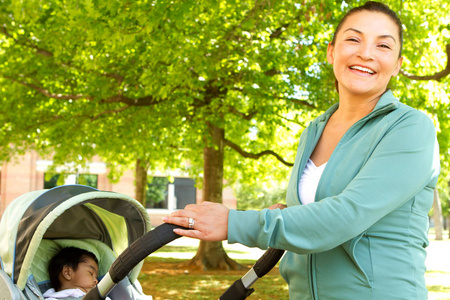Postpartum recovery has its own characteristics in the East and the West. In China, the practice of “sitting the month” is a traditional custom for postpartum women, aimed at promoting physical recovery through measures such as wind avoidance, rest, and restricting going out. In some areas, ancient practices like avoiding salt and not bathing are even passed down. In contrast, Western postpartum women enjoy a more relaxed recovery environment with the freedom to consume cold drinks and engage in outdoor activities, which many Chinese mothers long for.
The differences behind these practices involve considerations of constitution and culture. Western women generally have a body structure that supports better heat dissipation, while the physical characteristics of Chinese women make them more in need of warmth after childbirth. Dietary habits also play a key role: a high protein diet in the West facilitates calcium supplementation and accelerates recovery, while the East relies on cereals and vegetables, leading to a potentially longer recovery period. Furthermore, the high-energy diet and frequent exercise of Westerners lay a solid foundation for their constitution, whereas Chinese women often rely on “sitting the month” for systematic recuperation.
With the passage of time, “sitting the month” is gradually evolving and incorporating modern scientific concepts. The new generation of mothers pursues reasonable care and efficient recovery rather than blindly following old customs. Some misconceptions associated with traditional postpartum practices, such as prolonged bathing restrictions, have been proven to be detrimental to health and are gradually being phased out.
Of course, women who do not strictly adhere to “sitting the month” should also pay attention to postpartum care, avoiding cold stimuli, heavy physical labor, ensuring adequate nutrition and rest, which can also effectively promote physical recovery.
The necessity of “sitting the month” is not a one-size-fits-all matter; constitution and childbirth situations are crucial considerations. Postpartum women with weak constitution or undergoing complicated childbirth may find “sitting the month” particularly important, while those with strong constitution and smooth delivery can adjust their recovery strategies moderately without strictly adhering to the postpartum confinement period.
In conclusion, this traditional practice of “sitting the month” is blending with modern concepts, and regardless of the chosen recovery path, the key lies in finding the most suitable way for oneself to scientifically and reasonably promote postpartum physical and mental health and achieve rapid recovery.


